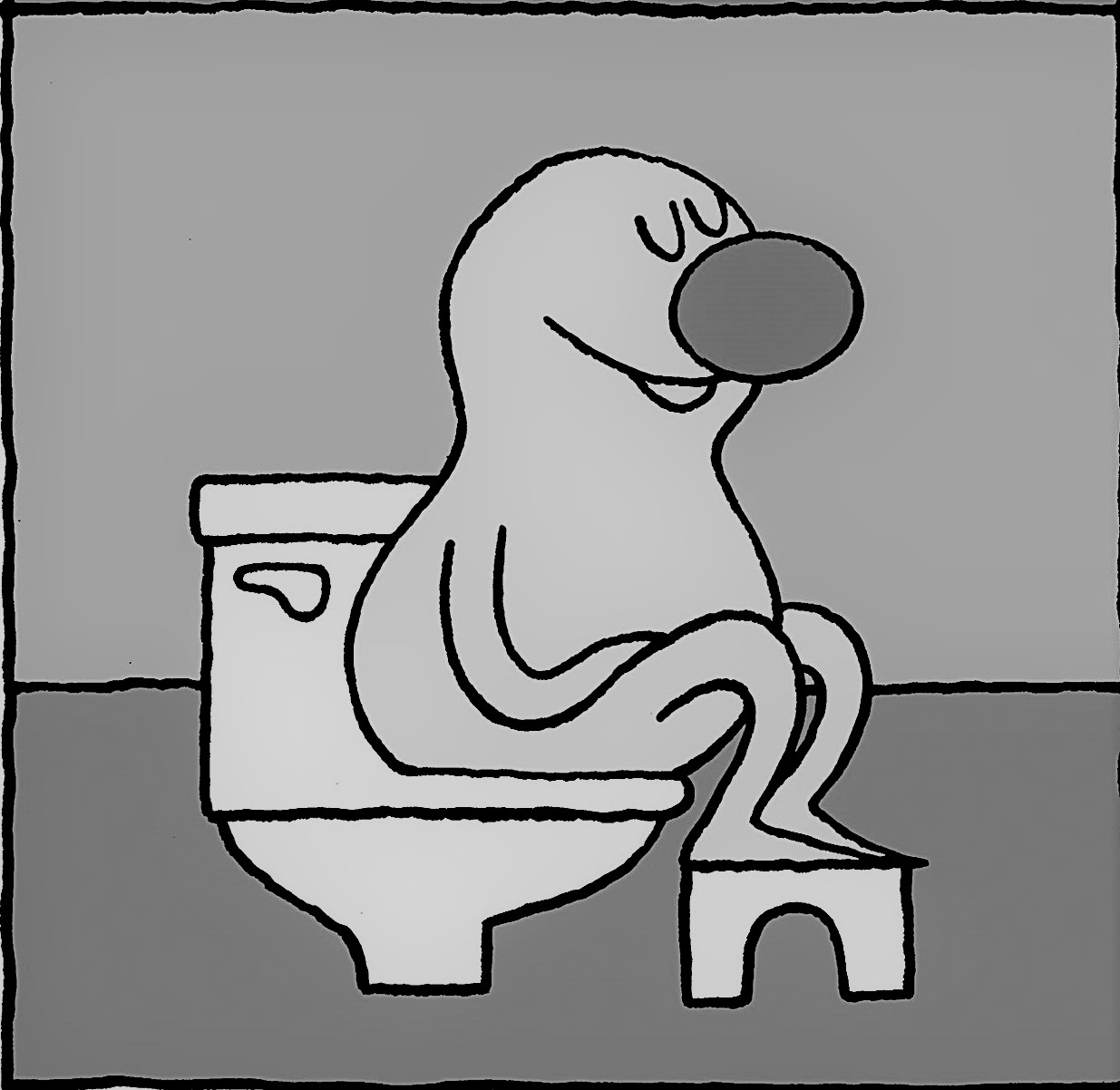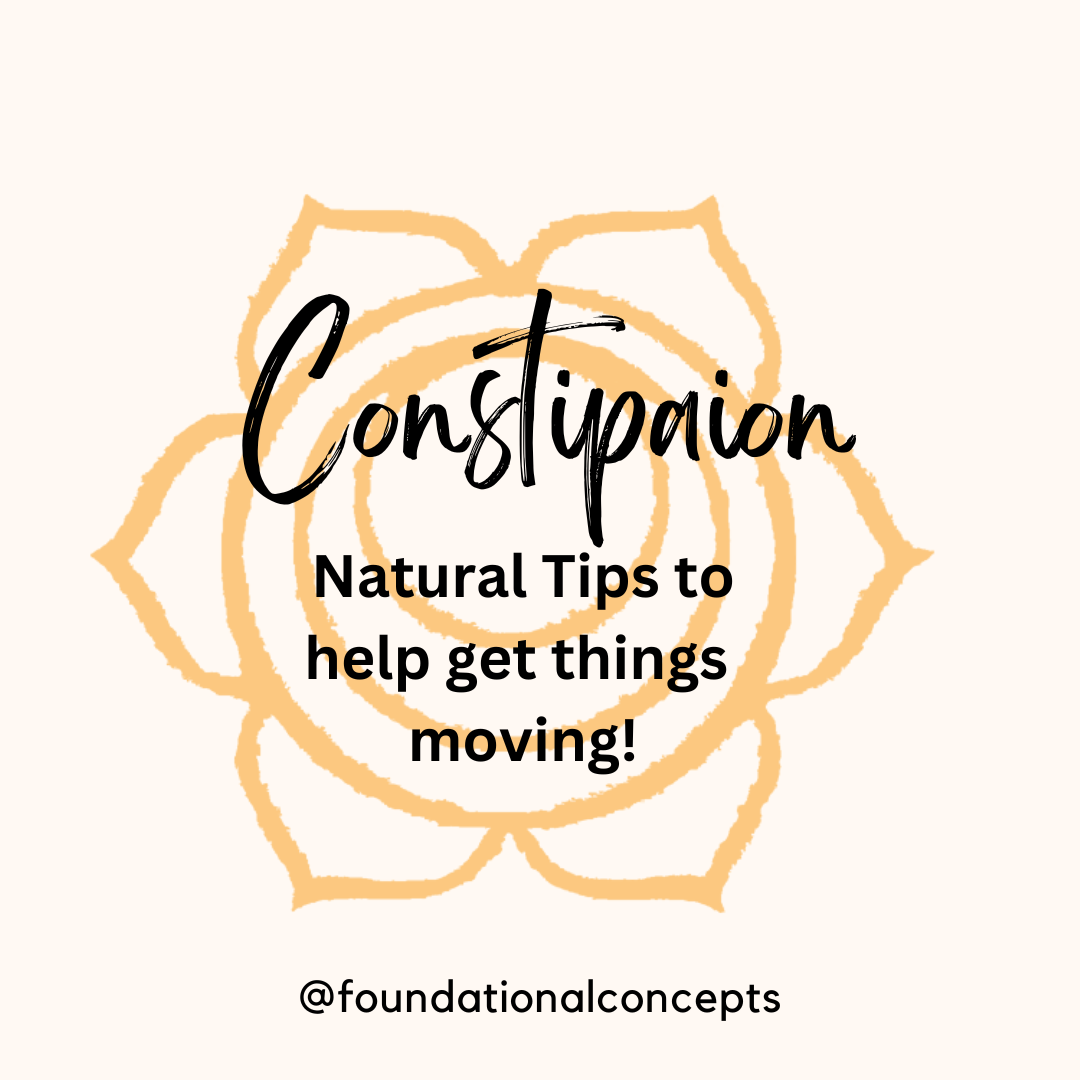Nutrition plays such an important role in our pregnancies and post-partum periods. Breastfeeding requires time…

How to Poop…in case your muscles have forgotten!
Ok, so normally we just take advantage of how our bodies are supposed to function to poop. You probably never considered that your pelvic floor muscles are involved in this action. You may not have ever even considered your pelvic floor muscles at all!! Lets see if we can clear it up and help you understand how they can be a contributing factor in bowel dysfunction, and how Pelvic Physical Therapy can help you.
Using your belly (abdomen) and pelvic floor muscles to have a bowel movement is usually instinctive. If you are struggling, you can have problems with these muscles and have to relearn proper coordination for pooping. If you have weakness in your muscles, organs that are falling out, decreased sensation in your pelvis, or ignore your urge to go, you may find yourself straining to have a bowel movement. You are straining if you are:
- Holding your breath or taking in a huge gulp of air and holding it
- Keeping your lips and jaw tensed and closed tightly
- Turning red in the face because of excessive pushing or forcing
- Developing or worsening your hemorrhoids
- Getting fait while pushing
- Not emptying completely and have to defecate many times a day
If you are straining, you are actually making it harder for yourself to have a bowel movement. You might be tightening up with the pelvic floor muscles and closing off rather than opening the anus. Due to the lack of pelvic floor relaxation/lengthening and coordination of the abdominal muscles, you are working way too hard to have a bowel movement.
Most of us never think about how pooping works so we really have no idea how it works. A good place to start is to notice what happens to your body when you are having a bowel movement. While you are sitting on the toilet, pay attention to the following areas:
- Jaw and mouth position
- Angle of your hips
- Whether your feet touch the ground or not
- Arm placement
- Spine position
- Waist
- Belly tension
- Anus (opening of the anal canal)
Here are some tips to help:
- Sit on the toilet
- Make sure your feet are supported.
- Notice your hip angle and spine position – most people find if effective to raise their knees, which can help put the pelvic floor muscles in an ideal position.
- When you lean forward, place your forearms on your thighs for support.
- Relax suggestions
- Breathe deeply in through your nose and out slowly through your mouth as if you are smelling the flowers and blowing out the candles.
- To become aware of how to relax your pelvic floor muscles, contracting and releasing muscles can be helpful. Pull your pelvic floor muscles in tightly by using the image of holding back gas, or closing around the anus and lifting the anus up and in. Then release the muscles – your anus should drop down and feel open. Repeat 5 times ending with the feeling of relaxation.
- Keep your pelvic floor muscles relaxed; let your belly bulge out.
- The digestive tract starts at the mouth and ends at the anal opening, so be sure to relax both ends of the tube. Place your tongue on the roof of your mouth with your teeth separated. This helps relax your mouth and will help to relax the anus at the same time.
- Empty
- Keep your pelvic floor and sphincter relaxed, then bulge your anal muscles. Make the anal opening wide.
- Stick your belly out as if you have swallowed a beach ball.
- Make your belly wall hard, using your belly muscles while continuing to breathe. Doing this makes it easier to open your anus.
- Breathe out and give a grunt (or try using other sounds such as ahhhh, shhhhh, ohhhhh, or grrrrr).
- Finish
- As you finish your bowel movement, pull the pelvic floor muscles up and in. This will leave your anus in the proper place rather than remaining elongated. This helps close off so that there isn’t any leaking.
We offer a free 15 minute consultation with one of our pelvic floor specialists to answer any questions and help you with how pelvic floor physical therapy can help you. We work to provide an integrative whole person approach and will not only help train your pelvic muscles but also help you with lifestyle factors that can help you reach your wellness goals.



